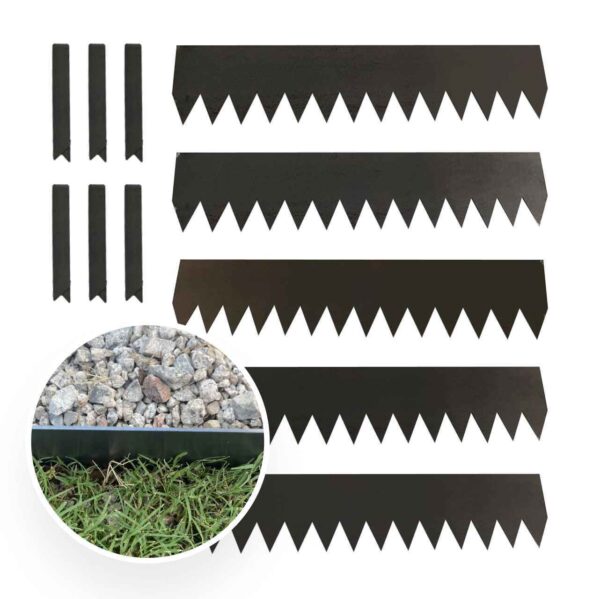Push Harder, Recover Smarter: Why You Need a Sports Massage?

Whether you’re a professional athlete, a weekend warrior, or someone just trying to stay in shape, muscle recovery is key to performing your best and avoiding injury. One of the most effective tools for improving recovery and overall athletic performance is sports massage. Unlike your average spa day treatment, sports massage targets the muscles used in specific sports or exercises, aiming to optimize recovery, prevent injuries, and enhance performance.
In this blog, we’ll explore the importance of sports massage, how it differs from other types of massage, and the numerous benefits it provides for athletes at all levels.
What is Sports Massage?
Sports massage is a form of therapeutic massage designed to cater to the needs of athletes or anyone engaged in regular physical activity. It is often used both before and after workouts, training sessions, or competitions. Unlike relaxation massages, sports massages focus on deep tissue manipulation, targeting the muscles, tendons, and fascia (connective tissue) that are heavily used during sports activities. It helps address muscle imbalances, soreness, and tightness while improving circulation and flexibility.
There are several types of sports massage techniques, such as:
- Pre-event massage: A short, invigorating session to warm up the muscles before a workout or competition.
- Post-event massage: A slower, relaxing massage aimed at relieving muscle soreness and promoting recovery.
- Maintenance massage: Regular sessions to prevent injuries and maintain optimal muscle health.
- Rehabilitation massage: Focused on treating injuries and speeding up the healing process.
Why Do You Need a Sports Massage?
Athletes often put their bodies through intense strain, which can lead to muscle soreness, tightness, and even injury. While proper training, nutrition, and hydration play a big part in recovery, sports massage offers a unique set of benefits that can take recovery to the next level.
Enhanced Recovery :
One of the most immediate benefits of a sports massage is improved recovery. After intense physical activity, muscles can become stiff, sore, and inflamed. Sports massage helps reduce muscle tension, improve circulation, and break down scar tissue or adhesions that may have formed. By stimulating blood flow to the muscles, massage helps flush out metabolic waste, such as lactic acid, which contributes to soreness and fatigue. This means you can recover faster and get back to your training or sport sooner.
Injury Prevention :
Overuse injuries are common in athletes, particularly those who perform repetitive movements. Sports massage can help prevent these injuries by identifying tight or overworked areas that are at risk of strain. The massage therapist can target specific muscle groups to release tension, improving flexibility and range of motion. Regular sports massages can keep your muscles balanced and in optimal condition, lowering your risk of developing strains, sprains, or more serious injuries like tendinitis.
Improved Performance :
When your muscles are flexible, well-rested, and functioning at their best, your overall performance improves. Sports massage can help you achieve peak physical condition by maintaining muscle balance and preventing tightness that could hinder your performance. For example, increased flexibility and range of motion lead to more efficient movements, whether you’re a runner looking for a quicker stride or a weightlifter aiming to perfect your form. Athletes who incorporate sports massage into their training routine often notice improvements in their endurance, speed, and strength.
Mental Relaxation :
Sports massage not only benefits the body but also the mind. The demands of athletic performance can be mentally taxing, and the pressure to push through pain can sometimes lead to burnout. Sports massage helps alleviate stress, anxiety, and mental fatigue by triggering the release of endorphins—your body’s natural “feel-good” hormones. This can lead to better focus and clarity, enabling you to push harder during training or competition while maintaining a healthier mental state.
Increased Circulation :
Enhanced blood flow is another major benefit of sports massage. Improved circulation ensures that more oxygen and nutrients are delivered to the muscles, aiding in their repair and reducing recovery time. It also helps keep the muscles hydrated, which is crucial for preventing cramps and tightness. Better circulation also means that any waste products or toxins that accumulate during physical activity are efficiently removed from the body.
Pain Relief and Muscle Relaxation :
Whether you’re dealing with chronic pain or just the occasional soreness, sports massage can provide relief. The deep tissue techniques used in sports massage can alleviate discomfort from knots, muscle spasms, and chronic pain conditions like sciatica. This type of massage also promotes muscle relaxation, reducing the tightness and stiffness that could otherwise lead to injury.
When Should You Get a Sports Massage?
The frequency of sports massages in brunswick will depend on your level of activity, the intensity of your training, and your individual recovery needs. Athletes who engage in high-intensity training sessions or competitions may benefit from weekly or bi-weekly sessions, while those with a more moderate activity level might only need massages once or twice a month.
Here’s a general guideline on when to incorporate sports massage into your routine:
- Pre-event: Before a big competition or event, a short, stimulating massage can help loosen up your muscles and prepare your body for optimal performance.
- Post-event: After a tough workout or race, a more gentle massage can help reduce soreness and accelerate recovery.
- Ongoing maintenance: Regular sports massages can help maintain muscle health, prevent injuries, and keep you performing at your best throughout your training cycles.
Finding the Right Massage Therapist
Not all massages are created equal, and the same goes for massage therapists. It’s essential to find a therapist who understands the specific demands of your sport or physical activity. Look for someone with experience in sports massage and knowledge of human anatomy and biomechanics. Communication with your therapist is key—be clear about your goals, problem areas, and any existing injuries or conditions.
Conclusion: Push Harder, Recover Smarter
Sports massage is not just a luxury for elite athletes; it’s an essential tool for anyone who wants to push their body to new levels while ensuring proper recovery and injury prevention. By incorporating sports massage into your training regimen, you’ll not only enhance your physical performance but also take better care of your body and mind. So, the next time you’re feeling sore after a workout or preparing for a big event, consider scheduling a sports massage to help you push harder, recover smarter, and reach your full potential.
Remember, training hard is only part of the equation—recovery is where the magic happens!








